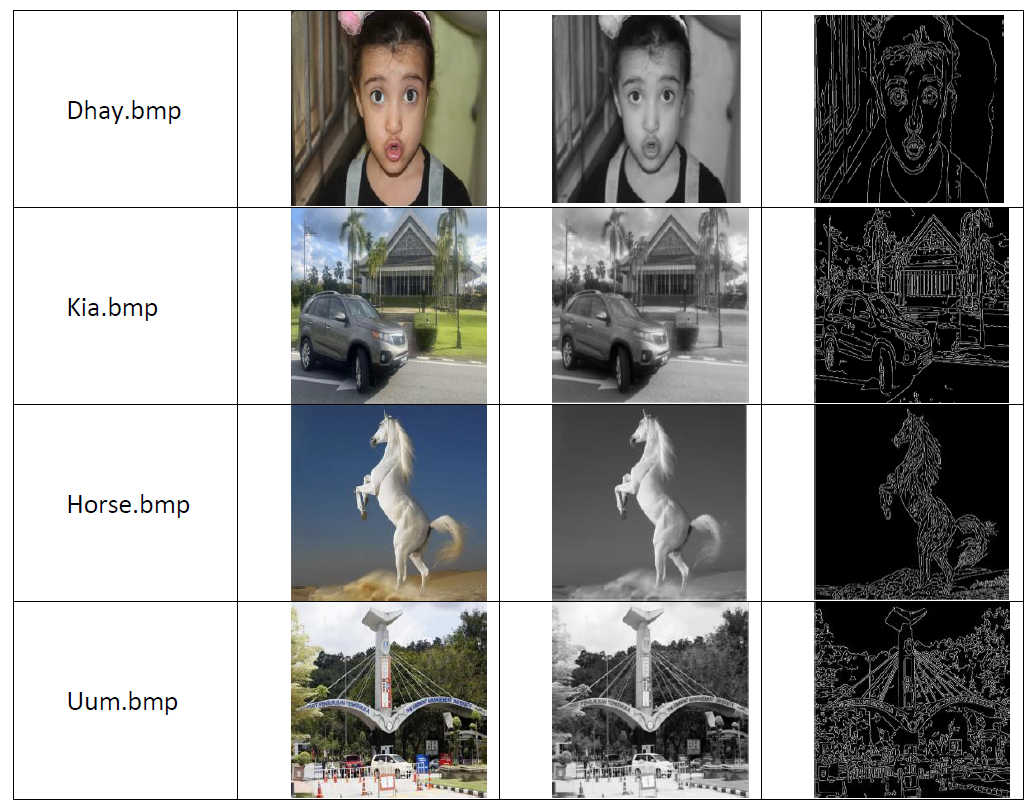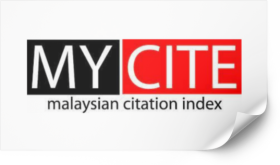Application of the Canny Filter in Digital Steganography
DOI:
https://doi.org/10.37934/arca.35.1.2130Keywords:
Steganography, Visual Perceptibility, Canny Filter, LSB SubstitutionAbstract
Substitution methods, LSB variants used in steganography on bitmap images, increase their effectiveness as the carrier images becomes noisier, that is, images with strong color variations between adjacent pixels reduce the human visual perceptibility threshold for detecting alterations. Sensitive information can thus be hidden with significantly greater efficacy and efficiency (in terms of perceptibility and quantity). Precisely for such effects, in a work on steganography prior to this, the necessary and used witness carriers were classified into four groups, according to their noise level, obtaining what was called Image Category [1]. However, quantifying such a property in an image with reasonable certainty, through analysis methods, turns out to be a costly task, requiring support tools, steganographic emulations, perceptibility measurements, previous experience, etc. In the context of the current R&D work on steganography, it was possible to similarly categorize any image, but without human intervention. This paper explains how this process was systematized, detecting noise level intervals that were assigned to the Image Category, which was done using Canny filters and subsequent weighting of the obtained image. Such a proposal brings a significant advantage when implementing substitution-based steganography systems.
Downloads















